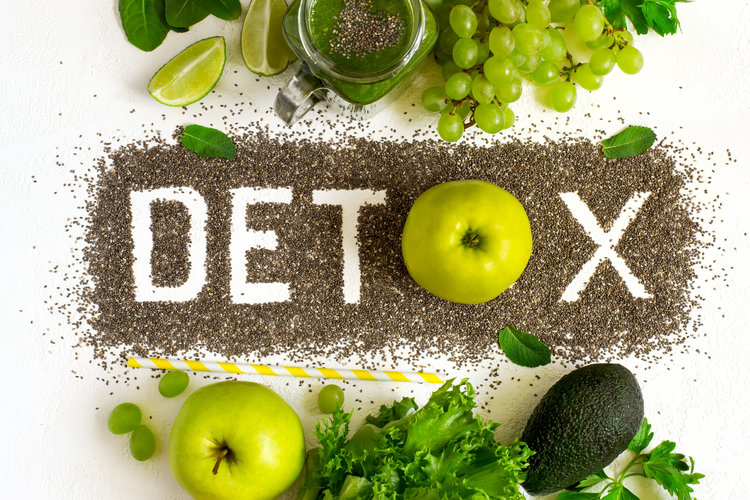A staggering statistic: according to the Environmental Working Group (EWG), it is estimated that over 200 million Americans could have toxic fluorinated chemicals (PFAS) at a concentration at or above the recommended “safe level” for PFAS in drinking water. It is also estimated that 99% of Americans, including newborn babies, have at least trace amounts in their bodies – “a near universal phenomenon in the US”, according to the CDC. It is also very likely that PFAS are detectable at some level in all major water supplies in the United States. But it’s not just PFAS; our drinking water is contaminated with lead from old pipes, runoff from farmlands that contain pesticides and fertilizers, and remnants of drugs or medications, among others.
PFAS — short for per- and poly-fluoroalkyl substances — are chemicals used for their non-stick, stain-repellent, and waterproof properties. They’re known as forever chemicals because they never break down in the environment and continue building up in our bodies over a lifetime. The history of this family of chemicals dates back to the introduction of non-stick cookware, which we know as Teflon. Although the original chemical used in Teflon is no longer on the market, derivatives of that chemical have been created and are still used today…and are not any safer. And whether we’re discussing PFAS or other chemicals, often times the legal limit in our drinking water is exponentially higher than that recommended by scientists and various public health agencies.
What does contaminated drinking water do to our health?? If you venture a guess that it does nothing good…you’re exactly right! Here’s what we do know about contaminated water and its effects on health:
Endocrine disruption – particularly damaging to thyroid health!
Reproductive problems + Low Birth Weight – a fascinating study in the journal Environmental Health reported that the rate of premature and low-weight births in a Minnesota city dropped dramatically and fertility improved after the city began filtering PFAS from its tap water. (The studied city happens to be a short distance from 3M Headquarters, a leading manufacturer of PFAS, with resulting contamination of groundwater + drinking water.)
Weakened Childhood Immunity– meaning more illness for kiddos.
Increased cancer risk – studies have linked testicular, liver, pancreatic, and kidney cancer to these chemicals.
Weight gain in children.
Besides water, PFAS and other pesticides + chemicals are most commonly found in:
Personal care products & cosmetics
Clothing – contained in “Gore-Tex”, and in other clothing products labeled “water-repellent” or “water-resistant”.
Furniture and carpets – these chemicals are, particularly, found in stain-resistant formulas and other protective treatments.
Food wrappers – you know that waxy-type coating on fast food, bakery, and paper wrapping? Yes, it contains PFAS. Bummer, right?!
Contaminated soil and water used to grow food.
We realize this is tough information to swallow (no pun intended) and can feel overwhelming. BUT, we also believe that knowledge is power! We have choices and we can use this information to make better choices for our health. Here are some great tips and action steps:
Invest in a good water filter! The topic of water filtration is a topic all in itself. There are so many on the market and certainly all are not created equally. They can be pricey, but consider this a major investment in your health as well as your family’s health. Think about it: how much water are we drinking every day? Week? YEAR?! A lot!
After hours and hours of our own research, we’ve trusted Aquasauna for years now, to be the most effective and reliable product for our families. Their products range from countertop filters to whole house. You can read more about their products here. Please feel free to contact us if you have water filter questions! We both have this system in our own homes.
Skip bottled water and choose filtered instead. Even the most popular and high-end bottled waters have been tested and contain icky stuff like bacteria, industrial chemicals, and prescription drugs! The truth – many of these companies pull their water from a tap just like we do and they’re also not required to disclose their contamination test results, unlike your local water facility. You’ll also save a ton of money, be more kind to mother nature, and also avoid those pesky plastics. Grab a reusable glass or stainless steel bottle and keep it filled with filtered water!
It should be noted that if you live somewhere in which testing has revealed significant contamination, bottled water may actually be your best choice.
Have your water tested! Maybe your water isn’t so bad…err, maybe it is? Start here, by checking the EWG’s Tap Water Database – enter your zip code and check your city’s score. You can also choose to have a private laboratory run a more thorough test. Find some options for laboratories through the EPA here.
Resources:
Please know that some of the links in this post are affiliate links. As professionals and independent bloggers, we thoroughly test all of the products we discuss and only endorse those that meet our high quality + morale standards. Any compensation received is used to continue our website as a FREE resource.





